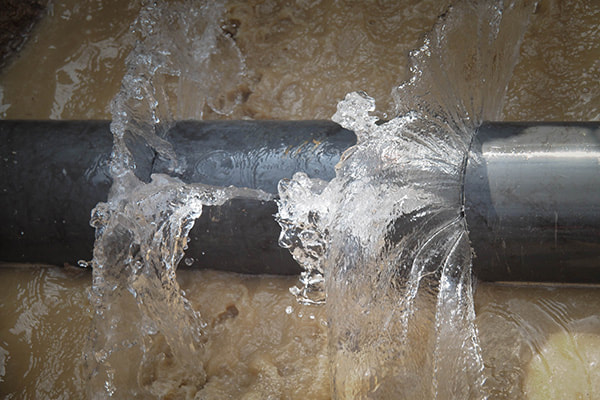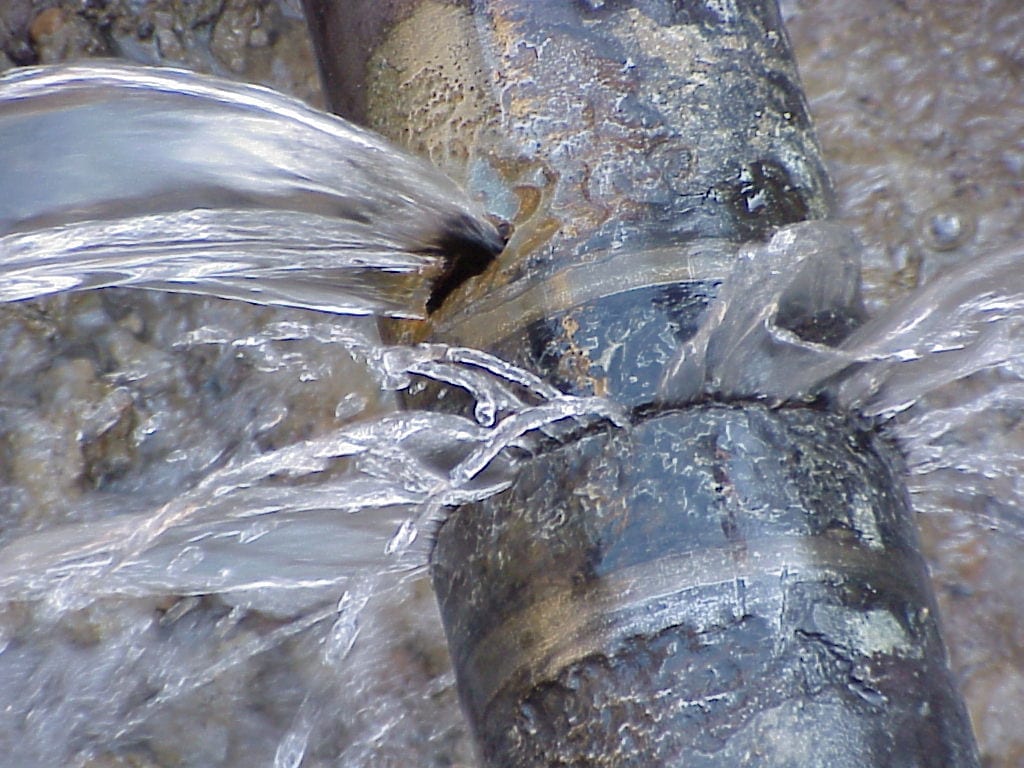Signs of a Burst Pipe: How to Identify and Address the Issue Before It Escalates
Signs of a Burst Pipe: How to Identify and Address the Issue Before It Escalates
Blog Article
Stopping Burst Water Lines: Essential Tips to Secure Your Plumbing
Protecting against ruptured pipes is an important problem for home owners, particularly during cooler months when the danger of cold is enhanced. Carrying out calculated actions such as correct insulation, routine evaluations, and maintaining constant indoor temperatures can considerably decrease the possibility of pipe failing.
Understand Pipe Vulnerabilities
Comprehending pipe susceptabilities is crucial for efficient plumbing upkeep and stopping expensive damages. Numerous variables contribute to the susceptibility of pipelines to bursts, including product structure, age, and ecological conditions. Older pipes, particularly those made from galvanized steel or polybutylene, usually break down over time, bring about increased danger of ruptures and leakages.
Temperature level changes can additionally substantially effect pipeline stability. In cooler climates, water entraped in pipes can ice up, exerting and broadening stress on the pipe walls, which may eventually cause a burst. High water stress can strain pipelines, particularly at joints and bends, enhancing the probability of failing.

Insulate Pipes Effectively
Correct insulation of pipelines is critical for preventing cold and succeeding bursts throughout winter (burst pipe). Protecting your plumbing system successfully safeguards versus temperature level drops that can bring about costly damage. Begin by recognizing vulnerable locations where pipes are exposed to outside temperature levels, such as basements, attics, and outside walls
Use foam pipe insulation sleeves or wrap insulation tape around these areas to offer a protective barrier. Guarantee that all areas of the pipelines, especially those with restricted warmth direct exposure, receive ample insulation. Pay unique interest to fittings and joints, as these are more susceptible to cold.
When insulating, it's vital to choose materials that fulfill regional structure codes and are appropriate for the specific atmosphere. Fiberglass insulation is commonly recommended for its thermal resistance residential or commercial properties. Furthermore, consider using warmth cords or tape in extreme problems, which can be connected in to offer supplemental heat
Routinely evaluate protected pipelines for any indicators of wear or damages, as jeopardized insulation can decrease its efficiency. By taking these positive actions, you substantially decrease the threat of pipeline bursts, making certain a trusted plumbing system throughout the winter season.
Maintain Constant Temperature Level
A stable interior temperature is necessary for preventing burst pipes during the icy months. When temperature levels drop, water within pipes can ice up, producing and increasing stress that might inevitably cause the pipes to burst. To reduce this risk, homeowners must preserve a consistent temperature level throughout their living space, ideally no lower than 55 ° F(13 ° C)Making use of a programmable thermostat can help handle indoor temperatures successfully, guaranteeing that spaces with plumbing stay warm also Going Here when your house is unoccupied. Pay unique focus to locations that are much more prone to cool, such as attics, basements, and garages. Keeping closet doors open under sinks can also allow warmer air from the home to flow around pipes.
In enhancement, it is sensible to enable faucets to trickle somewhat during severe cool spells. This minor circulation of water can stop freezing by reducing pressure within the pipelines. Additionally, throughout specifically extreme weather condition occasions, think about temporarily suspending any nighttime troubles on your thermostat to preserve a steady cozy setting. By carrying out these strategies, house owners can considerably lower the risk of pipeline bursts and protect their pipes systems versus the harsh winter months components.
On A Regular Basis Inspect Plumbing
Routine inspections of plumbing systems are vital for protecting against ruptured he has a good point pipes and preserving total home honesty. Regular checks enable house owners to recognize prospective problems before they rise into costly repairs or major water damage. During these assessments, it is important to examine visible pipes for signs of deterioration, leakages, or use. Pay special focus to locations vulnerable to cold, such as cellars, attic rooms, and exterior wall surfaces.
Furthermore, evaluating joints and links is vital, as these factors are usually susceptible to leakages. Property owners ought to additionally examine water pressure degrees, as too much pressure can strain the pipes system and enhance the risk of pipeline ruptureds.
Take into consideration organizing professional pipes evaluations a minimum of yearly, especially prior to winter, to guarantee your system is prepared for cooler temperatures. Normal evaluations not just assist in determining prompt worries but additionally foster lasting maintenance methods that can enhance the life-span of your plumbing system. By being proactive in your strategy, you can protect your home against the pricey and disruptive repercussions of burst pipelines. Prioritizing pipes inspections is an investment in your house's health and this post wellness.
Know Emergency Situation Procedures
Comprehending emergency procedures is important for each homeowner, particularly after conducting regular plumbing evaluations. Being prepared for a pipes emergency can dramatically mitigate damages and save costs. Initially, locate your major water shut-off shutoff; it is usually located near the water meter or where the main line enters your home. Acquaint yourself with its procedure, as turning off the water rapidly can protect against considerable flooding.
Following, keep important tools convenient. A plumbing emergency kit need to consist of a wrench, bettor, and towels, along with a flashlight and a container for small leakages. In addition, take into consideration having the call info for a relied on plumber readily available, must the circumstance rise past your control.
If you find a leakage or burst pipe, instantly shut off the supply of water and alert your plumbing. Additionally, document the damage with photos for insurance coverage objectives. burst pipe. Know the indications of prospective pipes issues, such as uncommon water stress changes or damp areas on wall surfaces
Ultimately, proactive knowledge and speedy action are crucial in handling pipes emergencies, ensuring your home remains safeguarded and decreasing prospective damage.

Verdict
In verdict, preventing burst pipes requires a diverse strategy that consists of understanding pipeline susceptabilities, proper insulation, maintaining constant indoor temperatures, regular examinations, and knowledge of emergency treatments. By implementing these important strategies, the risk of plumbing failures can be substantially decreased, thereby making sure the longevity and effectiveness of the plumbing system. Proactive measures not just guard against possible damage however also add to total water preservation and the security of building.
In chillier environments, water caught in pipelines can ice up, exerting and increasing pressure on the pipeline wall surfaces, which may ultimately lead to a burst. When temperature levels decrease, water within pipelines can freeze, developing and increasing stress that might ultimately cause the pipes to burst. By applying these methods, homeowners can substantially lower the danger of pipe ruptureds and safeguard their pipes systems against the rough winter season components.

Report this page